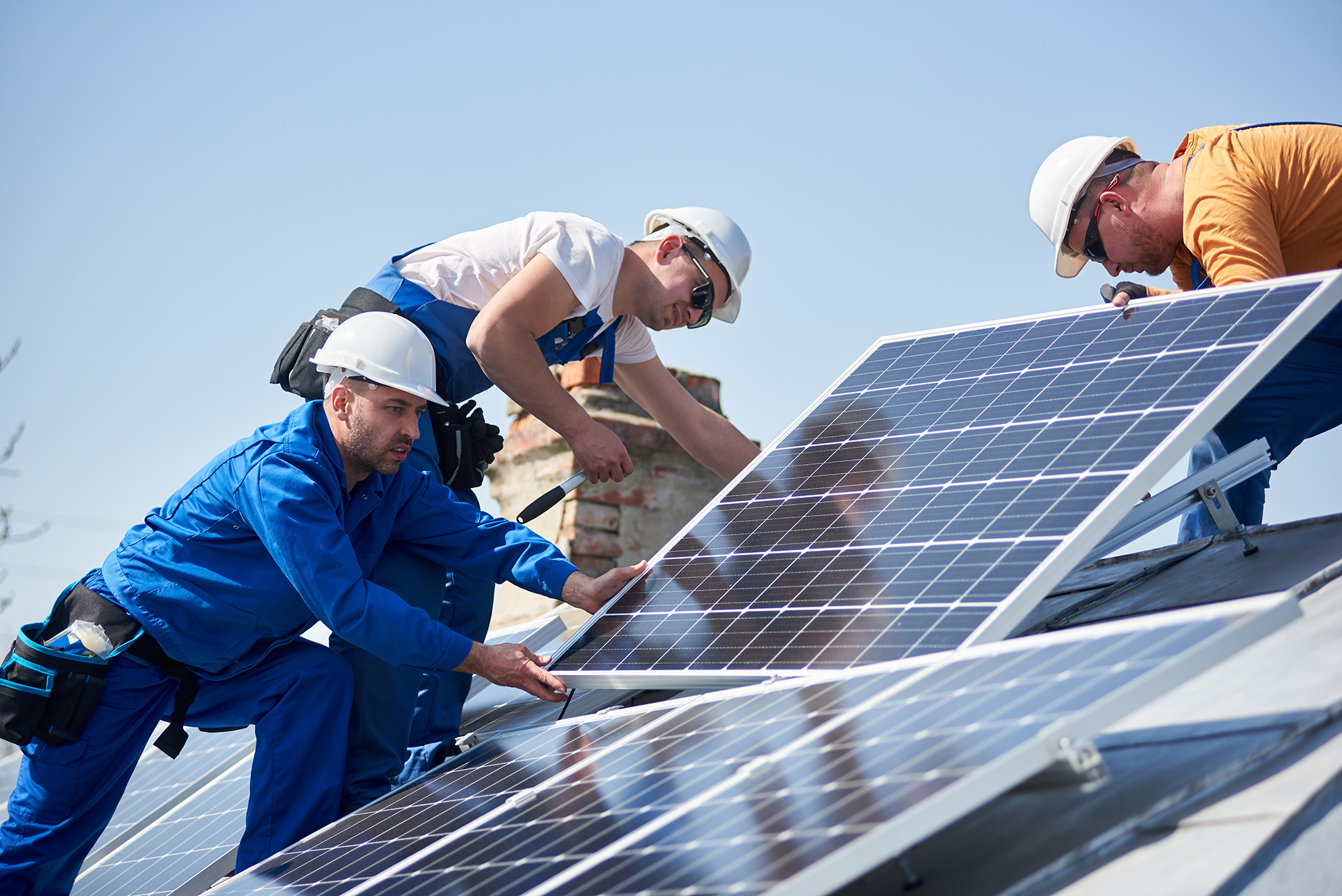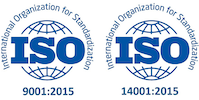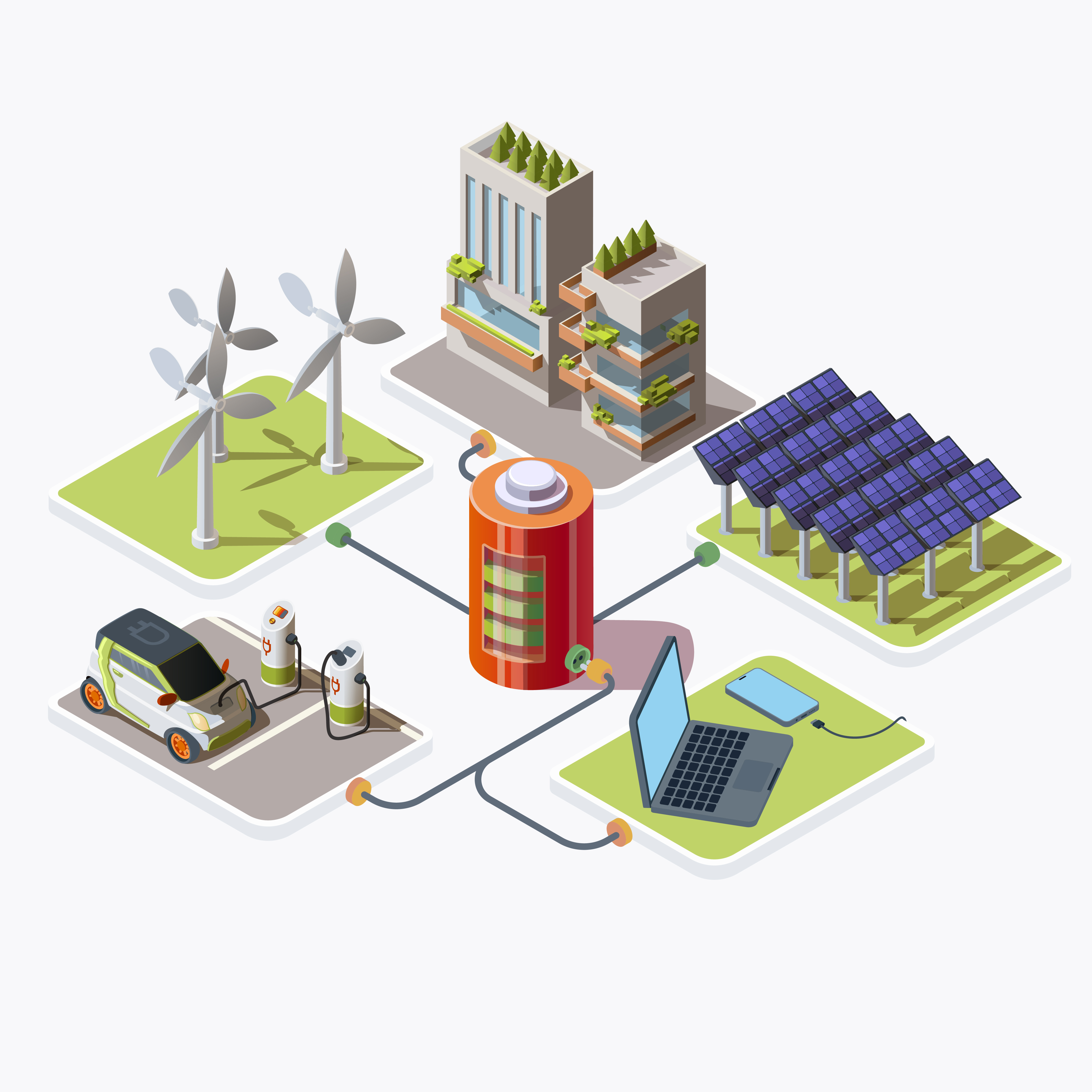Table of Contents
ToggleIntroduction
Renewable energy technologies encompass a diverse array of sources, including solar, wind, hydroelectric, biomass, geothermal, and ocean energy. These technologies harness natural resources that are abundant, clean, and infinitely renewable, making them attractive alternatives to traditional fossil fuels. The emergence of new innovations and advancements in these sectors presents lucrative investment opportunities for both public and private stakeholders.The global energy landscape is undergoing a transformative shift, driven by the increasing urgency to address climate change and reduce reliance on fossil fuels. In this context, emerging renewable energy technologies play a pivotal role in the transition towards a more sustainable future. However, investing in these technologies requires careful consideration of various factors, including market dynamics, regulatory frameworks, and technological advancements. In this article, we explore key investment strategies for emerging renewable energy technologies, covering topics ranging from financial analysis to risk management and market trends.
Overview of Current Renewable Energy Landscape
Before delving into investment strategies, it’s essential to understand the current state of the renewable energy landscape. Major types of renewable energy sources include solar photovoltaic (PV) systems, wind farms, hydroelectric power plants, biomass facilities, geothermal plants, and ocean energy installations. Global trends indicate a rapid expansion of renewable energy capacity, with increasing investments and technological advancements driving growth in both developed and developing regions.Investing in renewable energy entails navigating various challenges and capitalizing on opportunities. Regulatory and policy frameworks play a crucial role in shaping investment decisions, with incentives such as tax credits, feed-in tariffs, and renewable portfolio standards influencing project viability. Moreover, technological advancements present opportunities for innovation and cost reductions, driving down the overall cost of renewable energy production.Conducting a comprehensive financial analysis is essential for assessing the feasibility and viability of renewable energy projects. Cost-benefit analysis helps quantify the economic benefits of investing in renewable energy, considering factors such as upfront capital costs, operational expenses, and long-term revenue streams. Return on investment (ROI) calculations provide insights into the profitability and payback period of renewable energy projects, informing investment decisions.
Risk Assessment and Management in Renewable Energy Investments
Like any investment, renewable energy projects are subject to various risks, including market volatility, technological uncertainties, and regulatory changes. Effective risk assessment involves identifying potential risks and implementing strategies to mitigate their impact. Market risks, such as fluctuations in energy prices and demand, can be managed through diversification and hedging strategies. Technology risks require ongoing monitoring and adaptation to ensure project resilience.Financing renewable energy projects requires access to capital from both public and private sources. Public sector financing mechanisms, such as government grants, loans, and subsidies, provide initial support for project development. Private sector investment, including venture capital, private equity, and project finance, plays a critical role in scaling renewable energy deployment. Collaboration between public and private stakeholders is essential for mobilizing investment capital and de-risking projects.Government incentives and subsidies play a significant role in stimulating investment in renewable energy. Tax credits, investment grants, and production incentives reduce the financial barriers associated with renewable energy projects, making them more attractive to investors. Feed-in tariffs guarantee long-term revenue streams for renewable energy producers, incentivizing the deployment of solar, wind, and other renewable technologies. Renewable portfolio standards mandate utilities to procure a certain percentage of their energy from renewable sources, driving market demand for clean energy.
Investment Strategies for Solar Energy Technologies
Solar energy technologies, including photovoltaic (PV) systems and concentrated solar power (CSP), offer abundant opportunities for investment. PV systems convert sunlight directly into electricity, with rooftop installations, utility-scale solar farms, and solar parks being common investment options. CSP plants utilize mirrors or lenses to concentrate sunlight onto a small area, generating heat that can be converted into electricity using steam turbines. Both PV and CSP technologies are experiencing rapid advancements, with declining costs and improving efficiencies driving widespread adoption.Wind energy is a mature and rapidly growing renewable energy sector, with onshore and offshore wind farms being prominent investment opportunities. Onshore wind farms utilize wind turbines installed on land to generate electricity, while offshore wind farms are located in bodies of water, such as oceans and lakes. Offshore wind offers significant potential for growth, with larger turbines and favorable wind conditions enabling higher energy production. Investments in wind energy require careful site selection, resource assessment, and consideration of grid integration challenges. Hydropower is one of the oldest and most widely used renewable energy sources, with various investment opportunities ranging from small-scale hydroelectric projects to large-scale pumped storage hydropower facilities.
Investment Strategies for Biomass Energy
Biomass energy encompasses a diverse range of organic materials, including wood, agricultural residues, and organic waste, that can be converted into heat, electricity, or biofuels. Investment opportunities in biomass energy include biofuels production facilities, biomass power plants, and waste-to-energy projects. Advances in biomass conversion technologies, such as pyrolysis, gasification, and anaerobic digestion, are making biomass energy more economically viable and environmentally sustainable.Geothermal energy harnesses heat from the Earth’s interior to generate electricity and provide heating and cooling services. Beyond traditional renewable energy sources, emerging technologies such as tidal and wave energy, as well as ocean thermal energy conversion (OTEC), present promising investment opportunities. Assessing market potential and demand is crucial for identifying attractive investment opportunities in renewable energy. Factors such as population growth, energy consumption patterns, regulatory frameworks.
Role of Financial Institutions in Renewable Energy Investment
Financial institutions, including banks, development finance institutions (DFIs), and investment funds, play a vital role in providing capital and financial services to renewable energy projects. Carbon pricing mechanisms, such as carbon taxes and emissions trading systems, influence investment decisions in renewable energy by internalizing the external costs of greenhouse gas emissions. Portfolio diversification strategies help investors manage risk and optimize returns by allocating capital across different renewable energy technologies, geographic regions, and project stages. Incorporating social impact metrics into investment decisions helps assess the broader social and economic benefits of renewable energy projects. Technological disruption is reshaping the renewable energy landscape, presenting both challenges and opportunities for investors. Financing renewable energy projects in remote areas requires innovative financing mechanisms and business models to overcome logistical and economic challenges. Addressing infrastructure challenges is crucial for unlocking the full potential of renewable energy investments, ensuring reliable and efficient energy delivery. Quantifying the environmental benefits of renewable energy investments helps investors assess their contribution to mitigating climate change and reducing environmental pollution.
Conclusion
In conclusion, investing in emerging renewable energy technologies requires a holistic approach that considers financial, technical, regulatory, and social factors. By adopting innovative investment strategies and staying abreast of market trends, investors can contribute to the accelerated deployment of renewable energy and help build a more sustainable and resilient energy system for future generations.
FAQ
What are the primary investment opportunities in emerging renewable energy technologies?
Emerging renewable energy technologies offer diverse investment opportunities across sectors such as solar, wind, hydroelectric, biomass, geothermal, and ocean energy. These opportunities include investing in solar photovoltaic (PV) systems, wind farms, biomass power plants, geothermal power plants, tidal and wave energy projects, among others.How do investors assess the financial viability of renewable energy projects?
Investors assess the financial viability of renewable energy projects through comprehensive financial analysis, including cost-benefit analysis, return on investment (ROI) calculations, and sensitivity analysis. Factors such as upfront capital costs, operational expenses, revenue streams, and risk factors are considered to determine the project’s economic feasibility.What role do government incentives and subsidies play in renewable energy investment?
Government incentives and subsidies play a significant role in stimulating investment in renewable energy. These incentives include tax credits, investment grants, production incentives, feed-in tariffs, and renewable portfolio standards. By reducing financial barriers and providing long-term revenue certainty, government policies incentivize private sector investment in renewable energy projects.How do investors mitigate risks associated with renewable energy investments?
Investors mitigate risks associated with renewable energy investments through various strategies, including portfolio diversification, risk hedging, and due diligence. Market risks, technological uncertainties, regulatory changes, and project-specific risks are identified and managed through effective risk assessment and mitigation measures to safeguard investments and enhance returns.What are the long-term trends shaping investment strategies in renewable energy?
Long-term trends shaping investment strategies in renewable energy include technological advancements, declining costs, policy and regulatory developments, market dynamics, and environmental considerations. Investors focus on opportunities such as energy storage innovation, decentralized energy systems, climate change mitigation, and the transition towards a low-carbon economy to capitalize on emerging trends and drive sustainable growth in the renewable energy sector.







